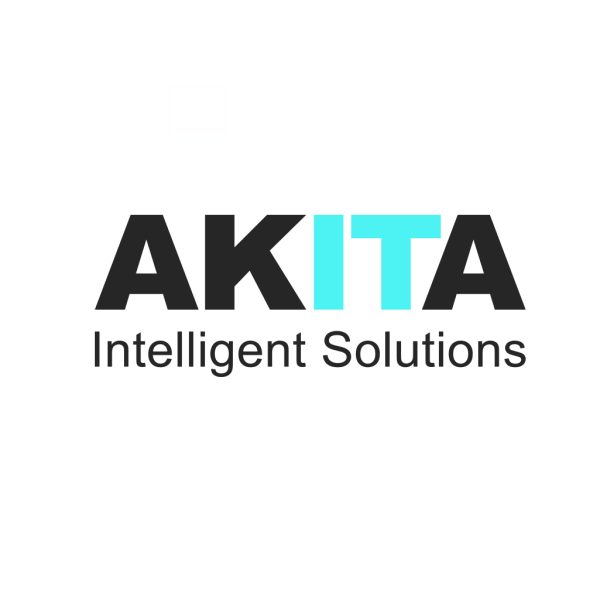IoT-powered field service management is increasingly critical for service-driven businesses that want to move from reactive break-fix workflows to proactive, data-driven operations.
By equipping assets and field-service ecosystems with connected sensors, telemetry and analytics, organisations gain real-time insight into performance and failures, dispatch more effectively and improve customer outcomes. Here’s a structured guide to implementing an IoT-enabled field service strategy, with actionable steps and a final note on how this ties into using Dynamics 365 Field Service with Microsoft technology.
Define Your IOT Field Service Objectives And Scope
Begin by clarifying what you want to achieve with IoT in your field-service operations. Typical goals include:
- Reducing unplanned downtime of assets
- Increasing first-time-fix rates by ensuring technicians arrive properly equipped
- Optimising scheduling and dispatch using live asset health data
- Enhancing customer experience through proactive service and transparency.
Frame the business case: quantify cost savings (fewer truck rolls, fewer repeat visits), customer satisfaction improvements and potential new service-revenue models (e.g., condition-based maintenance). With a strong value-proposition in place you can secure stakeholder buy-in and budget.
Decide on the scope of your pilot: which asset types, which client segments or geographic region will you include? Starting manageable reduces risk and allows you to refine before broad roll-out. For example, select one equipment type in one region for a 3-6-month pilot.
Choose The Right Assets And Install Devices
Once the scope is defined, identify the assets (machines, equipment, infrastructure) with the highest potential for improvement. Look for ones that have frequent failures, high service cost or complex logistics.
Then determine what data you need from those assets: temperature, pressure, usage hours, vibration, flow rate, fault codes, leak detection, or other operational metrics. As one source states: “IoT devices collect and transmit data from equipment in the field” so you can monitor performance and detect issues early.
Select sensors and connectivity mechanisms that fit your environment: wired or wireless (LTE, NB-IoT, LoRaWAN), edge devices or gateways, cloud connectivity, security protocols. Ensure the devices are reliable in the field conditions (temperature, humidity, vibration) and that you have a plan for power, maintenance and replaceability.
Integrate With Your Field-Service Platform And Workflows
Sensor data in isolation doesn’t deliver value; it’s how you channel it into your field-service management (FSM) system that matters. You need an integration layer between IoT telemetry and your dispatch, scheduling, asset-management, technician-mobile and customer-communication workflows.
Key considerations:
- Real-time or near-real-time data ingestion: alerts when thresholds are exceeded, trending analytics to detect anomalous behaviour.
- Automatic or semi-automatic work-order creation: when a sensor indicates a fault or impending failure, a work-order is generated and dispatched.
- Technician readiness: the FSM system should provide the technician with the asset history, sensor data, diagnosis and required parts. This supports higher first-time-fix rates.
- Closed-loop workflows: after service is completed, the system should update asset state, trigger follow-up alerts and feed into analytics.
Plan the integration carefully: what system(s) do you already use (CRM, ERP, FSM), how will you marry them with IoT platforms, whether APIs exist, how to maintain data reliability and security. Avoid creating a silo.
Build Analytics, Alerts And Proactive Workflows
Simply gathering device data isn’t sufficient—what matters is how you analyse it and trigger meaningful actions. You’ll want to set up:
- Threshold-based alerts (e.g., temperature > X, vibration > Y)
- Predictive models that detect trending degradation of equipment and signal future failure
- Dashboards for asset health, technician status, region/service-area performance
- Proactive scheduling: move from “break-fix” to “scheduled intervention while asset is still functional”.
Operational efficiency improves: one article highlights that IoT enables diagnostic information ahead of technician arrival, boosting first-time-fix rates and reducing return visits.
Also, build customer-facing workflows: when an alert occurs, notify the customer, share status of technician dispatch, update expected time of arrival—shifting from reactive to transparent and proactive service.
Train Your Team And Manage Change
Digital transformation is as much about people and process as technology. For an IoT field-service initiative:
- Ensure technicians understand what the sensor/asset data is telling them, how to interpret alerts and what to do differently.
- Dispatchers and back-office staff must adopt new workflows: e.g., receiving automatic work orders, adjusting schedules, monitoring dashboards.
- Communicate with customers about the value of IoT-enabled service: emphasise fewer breakdowns, more predictable maintenance, transparency. One article emphasises the need to “educate teams on the benefits of IoT” so they embrace change.
Monitor KPIs (first-time-fix rate, mean time to repair, number of emergency visits, customer satisfaction) and iterate accordingly.
Scale And Evolve
Once your pilot demonstrates value, plan the scaling phase. This involves:
- Broadening asset coverage, expanding geographic region or client segments.
- Optimising device management: lifecycle of sensors, connectivity reliability, remote firmware updates.
- Enhancing analytics maturity: from alerting to full predictive maintenance, scheduling optimisation, technician routing, and even autonomous interventions.
- Ensuring your architecture supports future innovation: edge computing, digital twin of assets, advanced AI, seamless integration across enterprise systems. One source stresses that data alone is only valuable if you act on it via your FSM software.
- Continually measuring business outcomes: Service revenue impact, reduction in downtime, customer retention, operational cost savings.
Consider Security, Governance And Compliance
Incorporating IoT devices and connecting them into your field-service ecosystem introduces risk if not well managed. Key disciplines:
- Secure device identity, secure connectivity (encryption, certificate management)
- Data governance: what device data is collected, who accesses it, storage, retention, compliance with regulations (UK GDPR, industry-specific standards)
- Asset lifecycle management: when devices reach end-of-life, how they’re decommissioned
- Operational resilience: connectivity loss, fallback workflows, manual intervention
- Privacy and customer transparency: if sensor data relates to customer equipment, ensure they are informed and consented.
IoT Field Service Solutions And The Microsoft Ecosystem
If your organisation uses or plans to use the Microsoft stack, then pairing IoT with Dynamics 365 Field Service offers a robust, future-ready route. With the latest update in the Microsoft 2025 release wave, the solution’s architecture—so-called “Connected Field Service”—lets you ingest device telemetry, trigger work orders automatically when thresholds are exceeded, apply AI for dispatch optimisation (considering asset health, technician skill-set and severity), and embed the field technician experience via mobile apps.
In practice, you can deploy an IoT hub (for example via Azure IoT Hub) to gather sensor data from devices, then build flows into Dynamics 365 Field Service so that alerts become automated service tickets and technicians receive full context on arrival (asset history, sensor data, part recommendations). The system also supports command-back to devices or edge controllers, enabling remote interventions or resetting equipment, further enhancing service efficiency.
Integrating Power BI enables rich analytics and dashboards for management to monitor asset health and service performance. Organisations that adopt this Microsoft-centred set-up benefit from a unified environment, shorter time-to-value and alignment with ongoing roadmap innovation.
If your enterprise is already invested in the Microsoft ecosystem, positioning an IoT-field-service solution wrapped around Dynamics 365 Field Service creates a strong narrative of leveraging your existing platform economy and unlocking operational intelligence. Talk to Akita's experts for more info:





